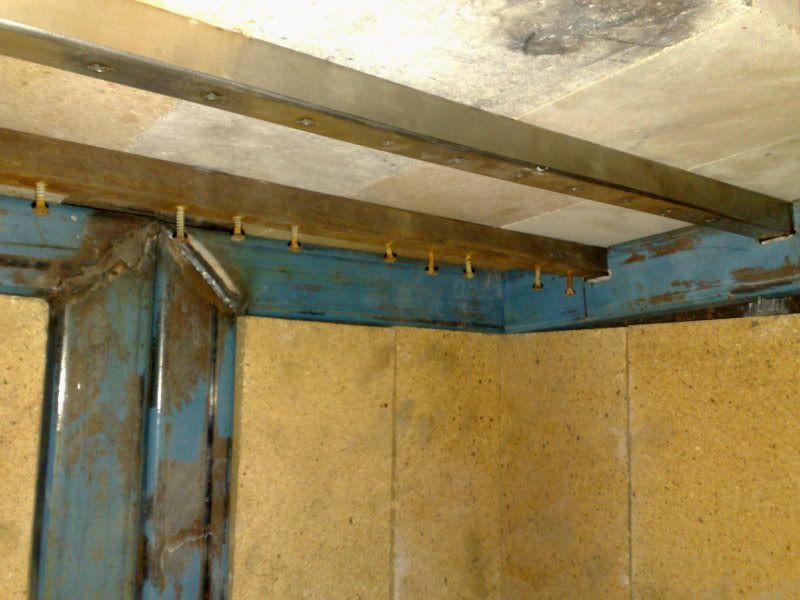A week or 2 ago I put a question out on this forum here:
http://www.arboristsite.com/showthread.php?t=85750
Basically, I wanted to know if replacing my stove with a more modern EPA stove would save me much wood. Since I cut my own wood and our stove is in the cellar (where it's not part of the furniture in the living room), it would be pretty hard to justify the $2500+ for a new one, and the one I've got heats the house pretty well. One of the replies was from KSWoodsMan, who said he had put secondary burn tubes in his older stove with good results. Now why didn't I think of that! So instead of cutting wood in the cold yesterday, I worked on the stove. The 1st picture below is of the tube assemblies as they were going to look in the stove. The 2nd is of the tubes mounted in the stove and the 3rd is of the outside. The tubes run up the sides of the stove. Secondary air can be controlled from the gate valves and shut off if there were ever a chimney fire. Then it enters the front of the stove over the fire, is routed through solid pipe to the rear of the stove for preheating, and then is dumped into the top of the burn area just under the baffle through the holes drilled down the length of the burn tubes. I didn't weld the tubes in place in case I ever have to change them, so I added a couple extra 1" washers so the coupling inside the stove and elbow outside the stove could be tightened against the stove wall and sealed with high temperature masonry caulk.
So far, I'm kind of impressed with my cob job. After a lot of experimenting today, I'm finding that I can get nice long hot burns by leaving the secondary valves wide open and closing the primary controls way more closed than I would normally run them. The secondary air doesn't just make the wood burn faster. In fact, it looks like I may be getting longer burns than I would normally get and put out the same or more heat. When the fire is burning at a good rate, opening up the secondaries from the closed position without changing the primary controls gets me about a 100 degree gain measured on the stovepipe. So I guess they're working. Unfortunately, since I don't have a glass door I can't see them working like you guys with the new stoves can

So if my stove burns a little cleaner and I burn a little less for the same heat, I'll have it made.
So now for the disclaimer. I'm not recommending anyone try this on their own stove. If you try this on your old stove and trash the stove or burn your house down, I don't want to hear about it

If you do try it and it works, or you improve on my design, let me know so we can compare notes.
































































